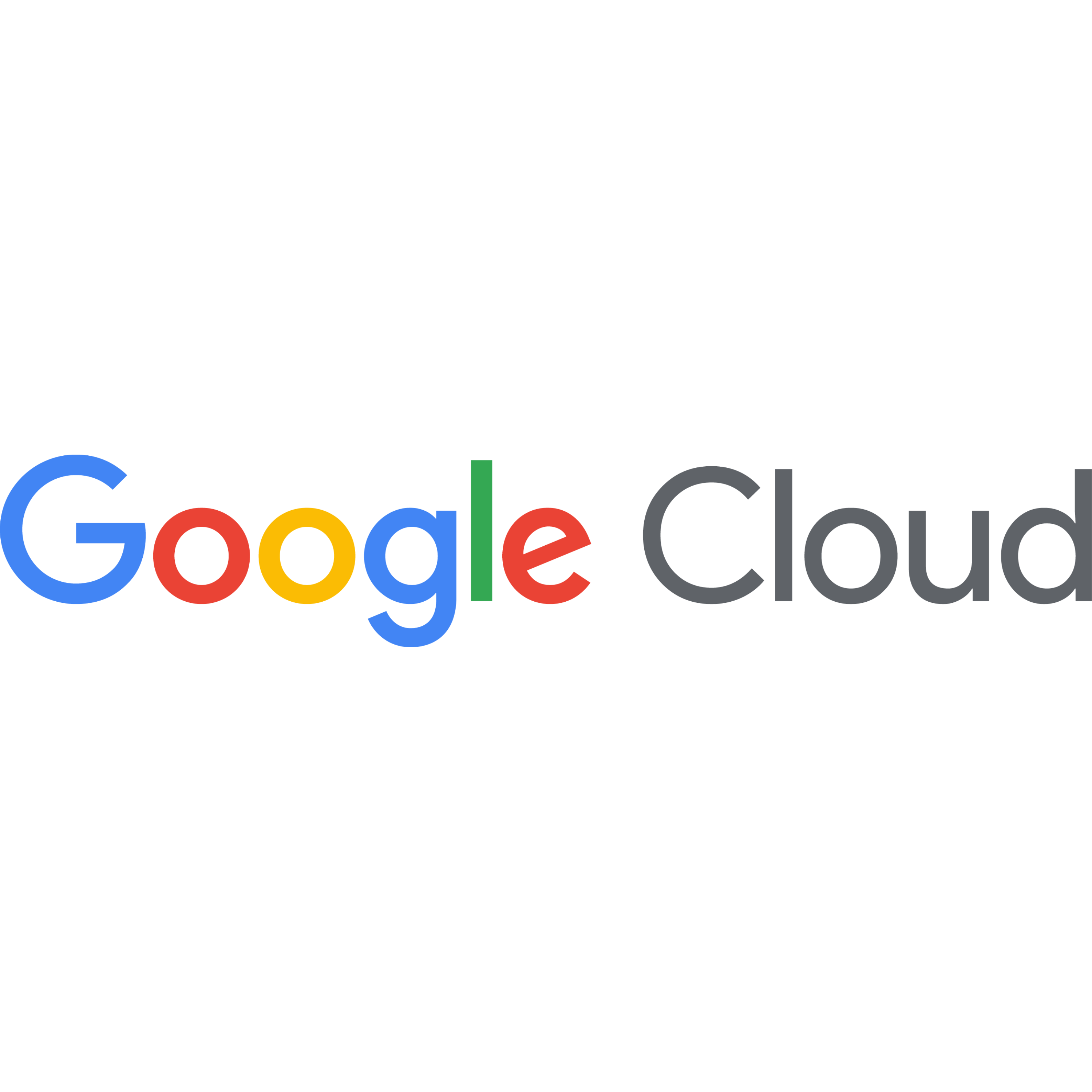
Although Alphabet CEO Sundar Pichai hinted earlier this year that Google Cloud’s growth rate would be on the rise throughout 2024, I must confess I was stunned to see Thomas Kurian’s company register Q3 growth of 35%, marking the fifth straight quarter that Google Cloud has defied the laws of financial physics by growing more rapidly even while getting much bigger.
While AI advances and customer adoptions are grabbing all the headlines, Google Cloud continues to demonstrate powerful growth across not only AI infrastructure but also cybersecurity, AI-powered data analytics, and an expanding portfolio of enterprise applications, all of which I’ll touch on in a moment.
But first, let’s take a look at the impressive upward growth arc of Google Cloud over the past 5 quarters despite being a latecomer in a business that, when Kurian took over as CEO in 2019, was dominated by Amazon and Microsoft.
| Finanical Metric | Q3 ’23 | Q4 ’23 | Q1 ’24 | Q2 ’24 | Q3 ’24 |
|---|---|---|---|---|---|
| Growth Rate | 22.5% | 25.7% | 28.4% | 28.8% | 35.0% |
| Revenue | $8.41B | $9.2B | $9.6B | $10.35B | $11.35B |
Now, it’s only fair to point out that Microsoft Cloud and Amazon’s AWS are much larger businesses than Google Cloud: Microsoft will probably report calendar-Q3 cloud revenue of about $38 billion, and AWS will probably come in around $27.5 billion. So it is not unreasonable to expect that Google Cloud, with its smaller revenue base, is able to generate higher growth rates.
That said, Google Cloud’s jump from 28.8% in Q2 to Q3’s 35.0% on revenue of $11.35 billion is, as I noted above, stunning–particularly in light of Google Cloud achieving that in spite of having to compete against much larger rivals. On top of that, Google Cloud has also had to contend with the meteoric rise of Oracle’s cloud business, which last quarter saw its RPO jump more than 50% to $99 billion.

AI Agent & Copilot Summit is an AI-first event to define opportunities, impact, and outcomes with Microsoft Copilot and agents. Building on its 2025 success, the 2026 event takes place March 17-19 in San Diego. Get more details.
So how is Google Cloud making all that magic happen? On this week’s Q3 earnings call, Alphabet CEO Sundar Pichai cited five reasons:
“Our technology leadership and AI portfolio are helping us attract new customers, win larger deals, and drive 30% deeper product adoption with existing customers,” Pichai said. “Customers are using our products in five different ways.”
- AI infrastructure: “First, our AI Infrastructure, which we differentiate with leading performance, driven by storage, compute and software advances, as well as leading reliability and a leading number of accelerators,” Pichai said, which helped customer LG AI Research cut inference processing time by 50% and operating costs by 72%.
- Vertex AI platform: “Our enterprise AI platform, Vertex, is used to build and customize the best foundation models from Google and the industry. Gemini API calls have grown nearly 14x in a six-month period,” Pichai said.
- BigQuery data platform: “Customers use our AI platform together with our data platform, BigQuery, because we analyze multi-modal data, no matter where it is stored, with ultra-low latency access to Gemini. This enables accurate, real-time decision making for customers like Hiscox, one of the flagship syndicates in Lloyd’s of London, which reduced the time it took to quote complex risks from days to minutes.” Pichai said that on the strength of those types of customer deployments, BigQuery ML operations have soared 80% in the past 6 months.
- Mandiant Threat Intelligence: “Our AI-powered cybersecurity solutions, Google Threat Intelligence and Security Operations, are helping customers, like BBVA and Deloitte, prevent, detect, and respond to cybersecurity threats much faster,” Pichai said. “We have seen customer adoption of our Mandiant-powered threat detection increase 4X over the last six quarters.”
- New enterprise applications: “In Q3, we broadened our applications portfolio with the introduction of our new Customer Engagement Suite. It’s designed to improve the customer experience online and in mobile apps, as well as in call centers, retail stores, and more,” Pichai said. “A great example is Volkswagen of America, who is using this technology to power its new myVW Virtual Assistant.”
Final Thoughts
Next week, I’ll be digging into Q3 numbers from Microsoft and AWS, and will offer some comparisons across the four hyperscalers (Oracle is the fourth).
For customers, all this innovation, all this competition, and all these choices are incredibly powerful. And it can’t be said too many times: in the Cloud Wars, the biggest winners are *always* the customers.
Ask Cloud Wars AI Agent about this analysis










